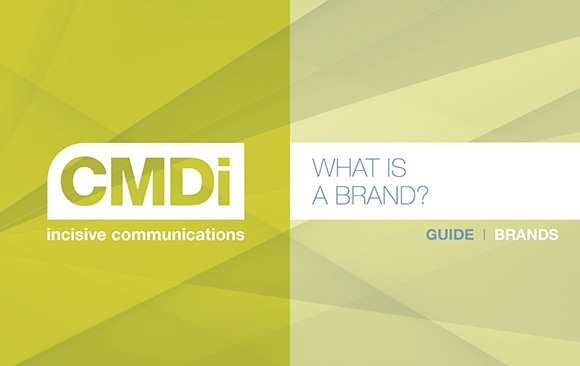Ironically, even people who work in branding often struggle to answer this question.
Dictionary.com defines a “brand” as a “kind, grade, or make, as indicated by a stamp, trademark, or the like.”
The Dictionary of Brand goes a little deeper by defining a brand as “a person’s perception of a product, service, or organisation.”
The ‘Father of Advertising’, David Ogilvy, famously defined a brand as “the intangible sum of a product’s attributes.”
Historically, a “brand” was a seared mark enabling cattle owners to identify their animals. In the late 1880s, packaged goods such as Coca-Cola started to take-off and “brands” increasingly appeared on goods to differentiate them from their competitors.
As the practice of branding products and businesses evolved, marketeers realized there was far more to a brand than just a distinctive name and logo.
They soon came to realise that a brand is not just the name, symbol, and other features that distinguish your organization’s products or services from those of others. As such, it’s not your logo. It’s not your ‘identity’. And it’s not your product or service.
They began to understand a brand more as the consumers’ overall feeling about your product, service, or organization. Today, many marketeers will summarise your organization’s brand as it’s “reputation”.
This is close, but incomplete.
In fact, all the above definitions are only part of the overall structure of meaning that is “brand”.
That’s why, at CMDi, we have created a useful metaphor to help everyone in the built environment sector understand what is mean by a “brand”. In simple terms, it explains their complexity and power, and shows why it’s vital to manage them properly.
What is a brand? Our answer ‘Think of a brand as a building’
Like a building, your brand comprises many parts, all coalesced into an entity that offers an experience unlike any other. It’s this unique overall experience that sets your organisation’s products and services apart from others and makes them more valuable to customers.
This brand is not simply one thing; like a building it’s the sum of many parts, the rooms, the decor, the lighting, signage and even the occupants. Your brand is a unique combination, impacting both rational and emotional senses with every encounter.
Whenever your customers meet your brand, like entering a building, it affects them. They get a feeling and, even if they could not describe it, they know what it is. When you make them a brand promise, you’re giving them a reason to visit and a reason to return.
Why it’s crucial to build, manage and constantly refresh your brand
Just like buildings, brands need to be managed. Brand management is all about how you build, manage, maintain, and renovate your building. Remember: brands aren’t optional, but whether you choose to manage them is.
At CMDi – the UK’s leading strategic brand transformation consultancy for built environment and membership organisations – we believe there’s never been a more important time than now for building and improving your built environment brand.
CMDi Guide: What is a brand?
In this guide, we discuss the nature of a brand, and why it is so important to your business. Here we decode the nature of a brand, and show why it is vital to manage yours in the proper manner.

